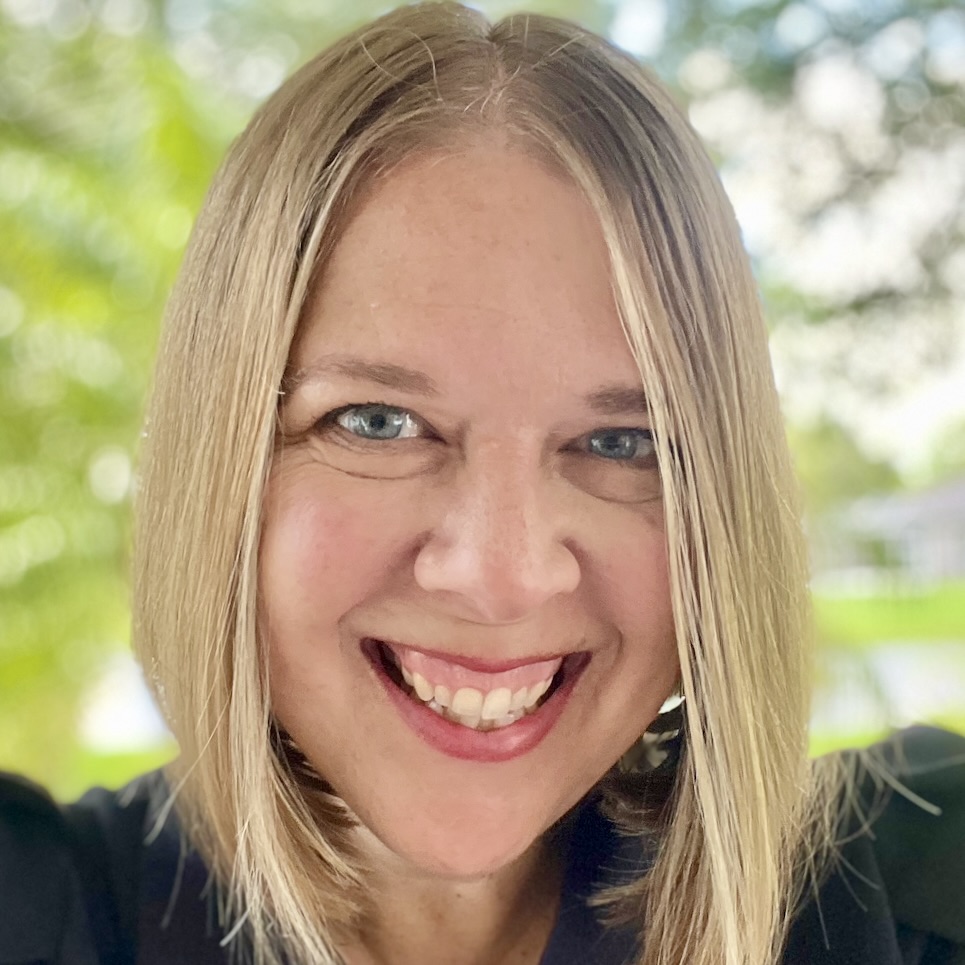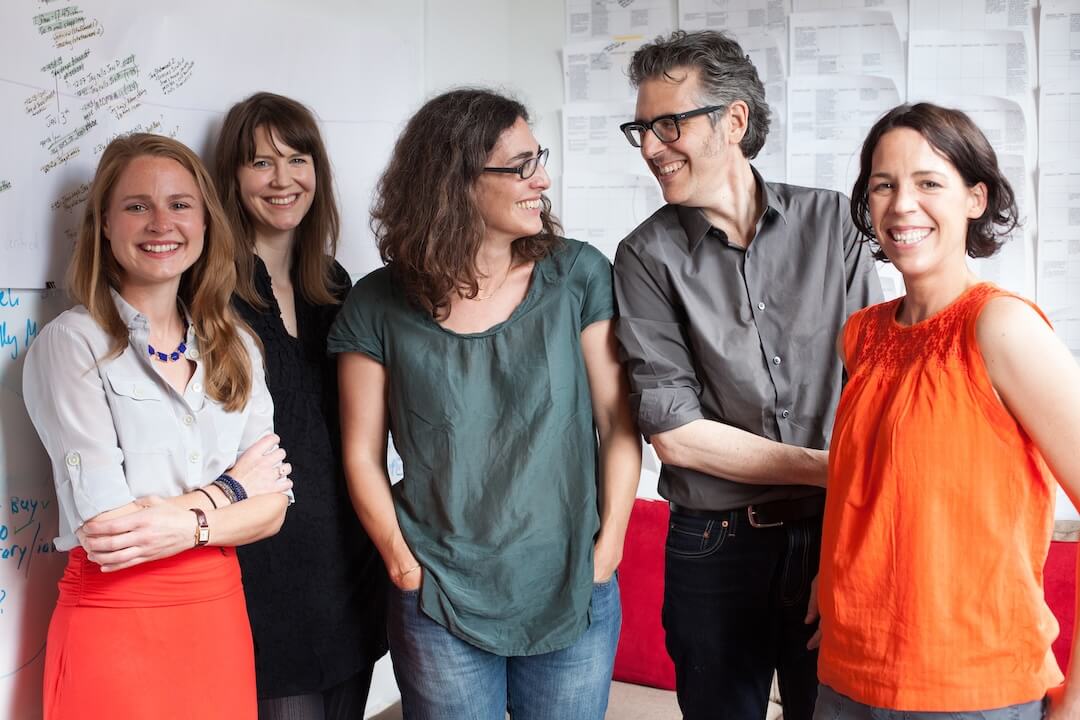The baby shower was just the beginning.
Last September, Richland Source used a $10,000 grant from the Solutions Journalism Network to build on coverage of infant mortality and safe sleeping and to hold a community baby shower. At that shower, the for-profit site in North Central Ohio promoted safe sleep, created a Listening Post to capture the stories of expectant mothers and gave them gifts including a “baby box” for safe sleeping.
The reporting was the site’s first experience with solutions journalism, and that approach has helped them develop as a company, said Jay Allred, Richland Source’s publisher.
“It’s just a lens through which we see our role as an independent news company.”
It’s also an approach that can come with some different funding opportunities. After the baby shower, the impact and the community reaction, Allred and his staff started to wonder what other topics, audiences and funders were out there.
The eight-person newsroom started to brainstorm what they could do to help community members participate more in seeing their city through the lens of solutions journalism and the impact it could have.
The newsroom wanted to create partnerships that allowed local organizations to support journalism while allowing that journalism to be independent in a kind of NPR or PBS underwriting approach. And they wanted to be transparent about how the work was funded.
The newsroom created a list of subjects they planned to cover, then Allred took it to potential partners. The result – in about one month, 22 community organizations signed up as newsroom partners to support two major projects with $70,000.
They gave money at the $1,000, $2,500 and $5,000 levels. One organization gave $10,000.
The money goes toward staffing, allowing the solutions teams to dive deeper into two subjects — elder care and small-town revival, while other reporters at the site continue daily coverage.
Here are a few reasons Allred thinks the pitch worked:
– Richland Source has created a solid identity in the community.
“They know that we think really differently about what journalism can be,” he said, and “journalism is best done with people instead of to them, unless they deserve it.”
– He was strategic about the organizations he asked. All of them either had a history of supporting good work in the community or an already existing intersection with the site.
– Allred also stressed, before accepting any funding, that the reporting would lead wherever it might, and that could involve reporting on those organizations.
“Nonprofits have lived this life forever,” Allred said. “I don’t think we’ve broken any ground here. I think we’ve just expanded it in a somewhat different way.”
Next week, we’ll talk with one more for-profit newsroom about creative ways staff there are funding big work. In the meantime:
-
Last week I meant to share one more great local news newsletter: The Local Connection
-
Report for America is looking for more newsroom partners.
-
ProPublica is expanding its Local Reporting Network. Send them your state government accountability ideas.
-
Hey, scrappy local newsrooms, I see you among these Online Journalism Award finalists!
-
Membership Puzzle Project is hiring.
-
And you have just a little more time to apply to this Poynter seminar on the power of diverse voices.
See you next week!







